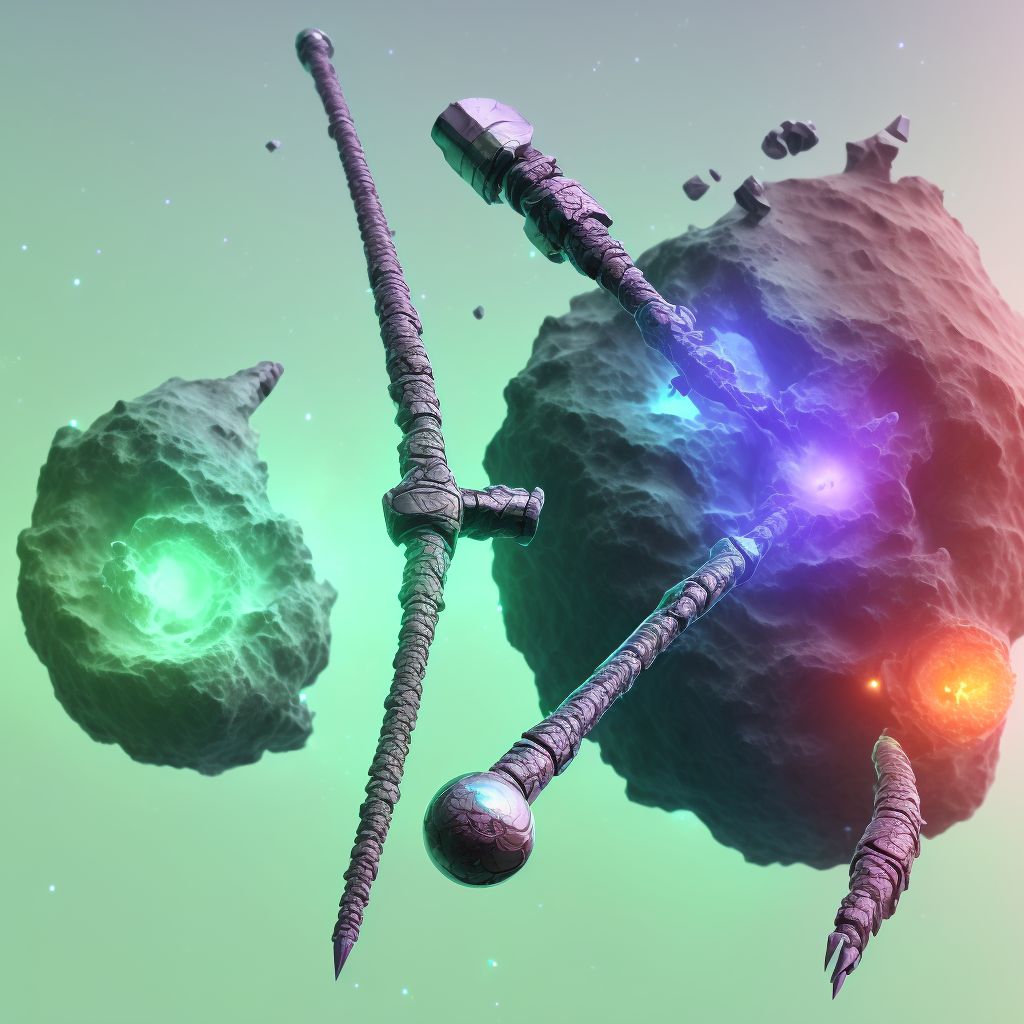
Nondisplaced spiral fracture of shaft of right tibia, subsequent encounter for open fracture type I or II with nonunion Save
ICD-10 code: S82.244M
Disease category: S82.244: Nondisplaced spiral fracture of shaft of right tibia
Nondisplaced Spiral Fracture of Shaft of Right Tibia, Subsequent Encounter for Open Fracture Type I or II with Nonunion
When it comes to bone fractures, the nondisplaced spiral fracture of the shaft of the right tibia is a common occurrence. This type of fracture refers to a break in the long bone of the lower leg, specifically the tibia, that occurs in a spiral or twisting pattern. In some cases, this fracture may become complicated, leading to an open fracture type I or II with nonunion.
An open fracture type I or II refers to a fracture where the bone breaks through the skin, and the wound size and contamination level can vary. Nonunion, on the other hand, is a condition where the fractured bone fails to heal within the expected timeframe.
- Causes: Nondisplaced spiral fractures of the shaft of the right tibia are often caused by high-energy trauma, such as a fall from a height or a direct blow to the leg. The twisting motion applied to the bone during the injury leads to the characteristic spiral fracture pattern.
- Symptoms: Common symptoms of this fracture include severe pain, swelling, bruising, difficulty bearing weight on the affected leg, and visible deformity in severe cases. In open fractures, the presence of a wound and potential bone exposure can be observed.
- Diagnosis: To diagnose a nondisplaced spiral fracture of the shaft of the right tibia, a thorough physical examination, X-rays, and possibly additional imaging tests such as CT scans or MRIs may be required. This helps determine the severity of the fracture and whether it has resulted in an open fracture type I or II with nonunion.
- Complications: If left untreated, an open fracture with nonunion can lead to several complications, including infection, delayed healing, chronic pain, and instability of the leg. Therefore, prompt medical intervention is necessary to prevent such complications.
It's important to note that this article does not cover the treatment options for this type of fracture. If you or someone you know is experiencing these symptoms, it is essential to seek medical advice and guidance from a qualified healthcare professional.
Remember, early diagnosis and appropriate treatment are crucial for a successful recovery. Stay tuned for our upcoming articles, where we will discuss various treatment options available for this specific fracture.
Treatment of Nondisplaced spiral fracture of shaft of right tibia, subsequent encounter for open fracture type I or II with nonunion:
Treatment Options for Nondisplaced Spiral Fracture of Shaft of Right Tibia
A nondisplaced spiral fracture of the shaft of the right tibia, subsequent encounter for open fracture type I or II with nonunion, is a complex condition that requires careful treatment. This type of fracture occurs when the tibia, or shinbone, breaks in a spiral pattern without any significant displacement....
To see full information about treatment please Sign up or Log in